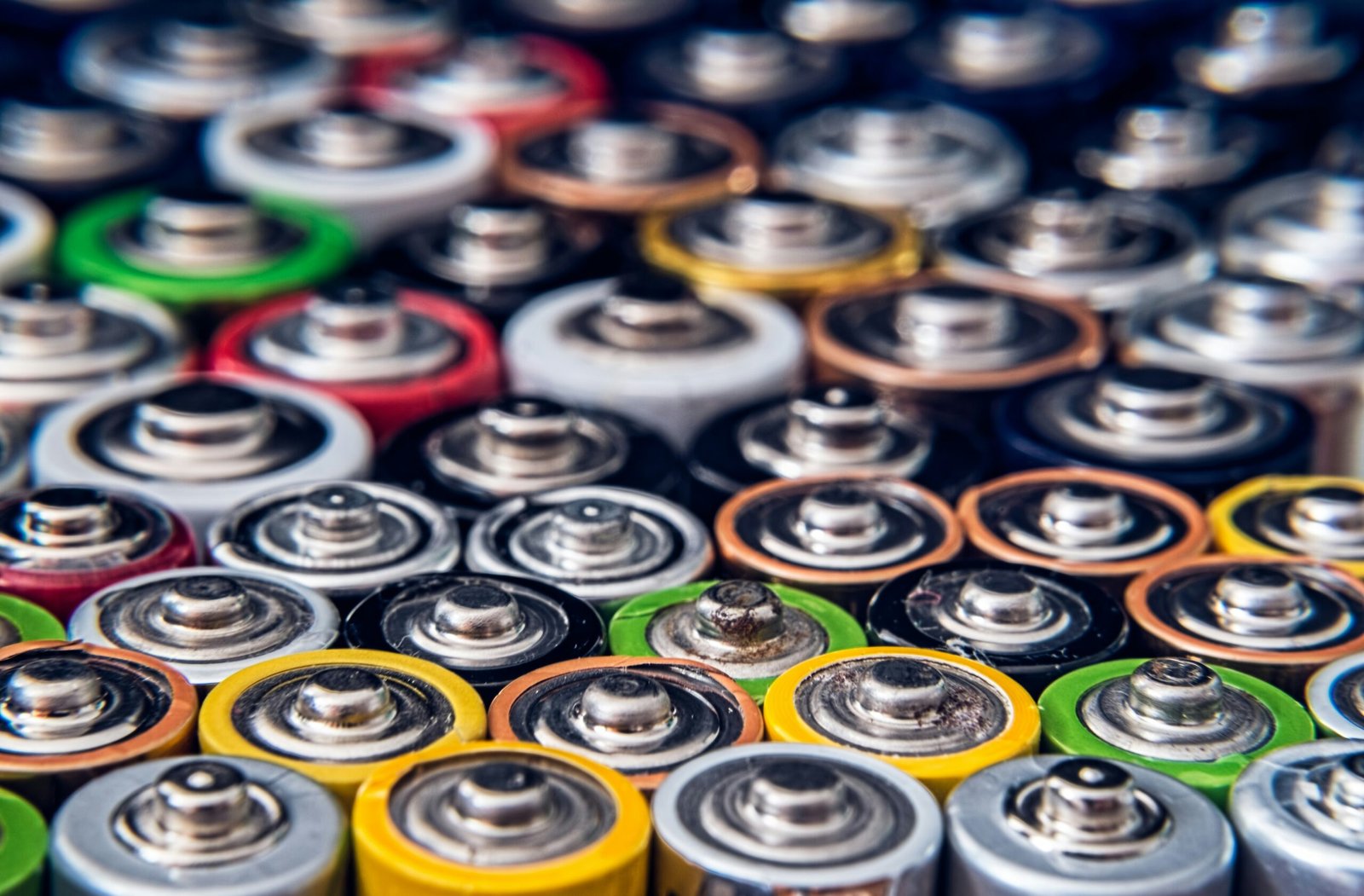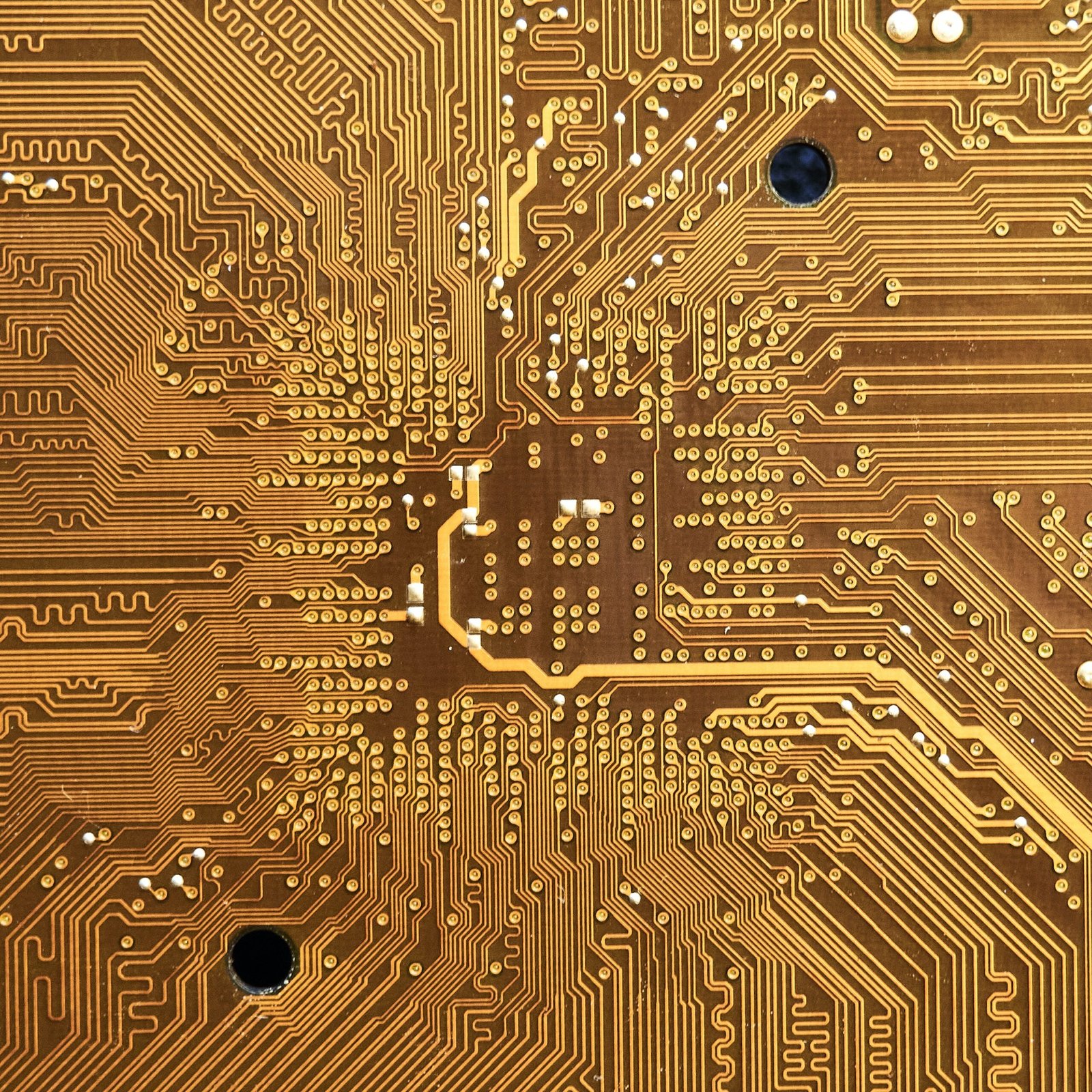Liquid-source plasma technology for construction of dual bromine-fluorine-enriched interphases on lithium metal anodes with enhanced performance
Lithium metal anodes have attracted significant attention in the field of rechargeable batteries due to their high theoretical capacity. However, the formation of unstable solid-electrolyte interphases (SEIs) on the surface of lithium metal anodes has hindered their practical application.
The Challenge
The formation of a stable and robust SEI is crucial for the long-term stability and cycling performance of lithium metal anodes. Traditional methods for SEI formation, such as solid-state reactions and liquid-phase reactions, often result in the formation of a thick and brittle SEI, leading to poor lithium ion transport and limited cycling stability.
The Solution
In this study, a liquid-source plasma technology was developed to construct dual bromine-fluorine-enriched interphases on lithium metal anodes. The liquid-source plasma technology involves the use of a liquid precursor containing bromine and fluorine, which is converted into a plasma state to react with the lithium metal surface.
Benefits of the Liquid-Source Plasma Technology
- The dual bromine-fluorine-enriched interphases formed using this technology are highly stable and flexible, allowing for efficient lithium ion transport.
- The interphases exhibit excellent mechanical properties, preventing the growth of lithium dendrites and enhancing the cycling stability of the lithium metal anodes.
- The liquid-source plasma technology enables precise control over the thickness and composition of the interphases, optimizing their performance.
Conclusion
The liquid-source plasma technology offers a promising approach for the construction of stable and high-performance interphases on lithium metal anodes. This technology has the potential to significantly improve the cycling stability and safety of lithium metal batteries, making them more suitable for various applications, including electric vehicles and grid energy storage.
FAQs:



